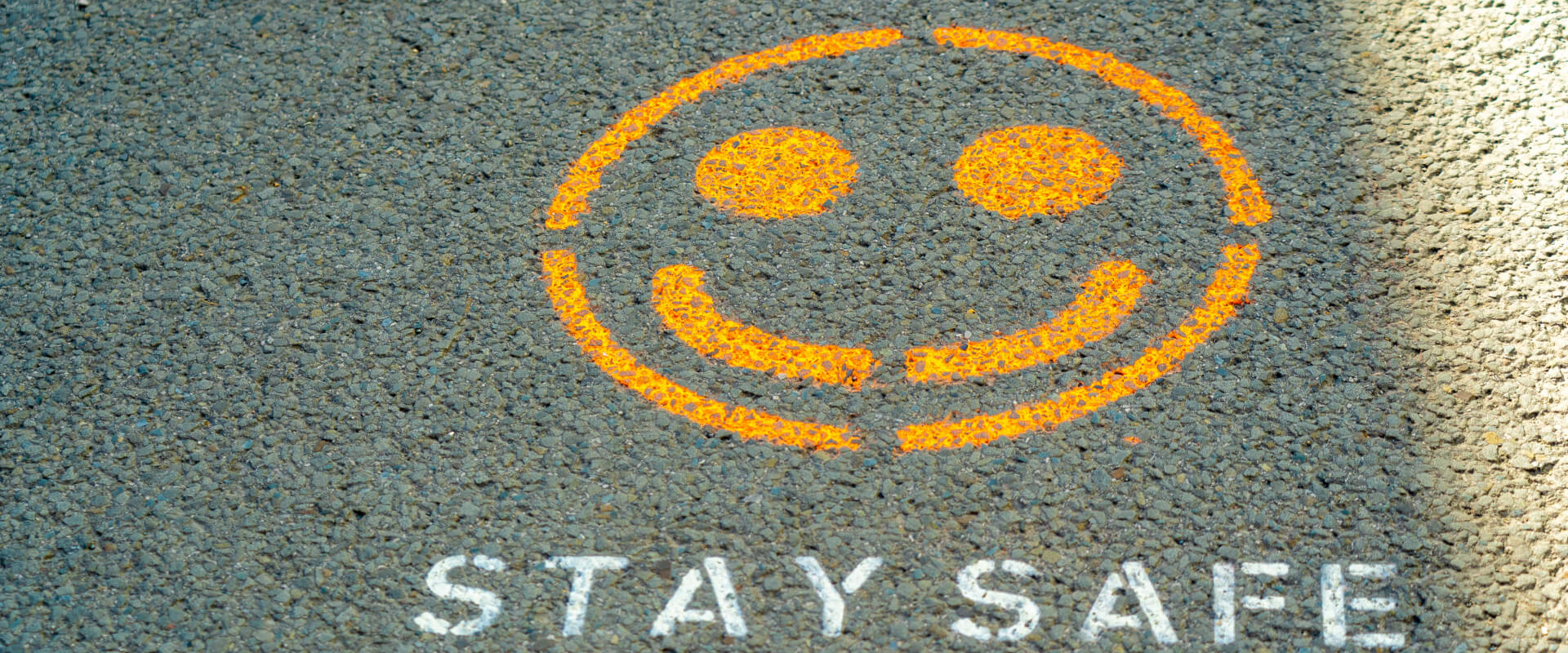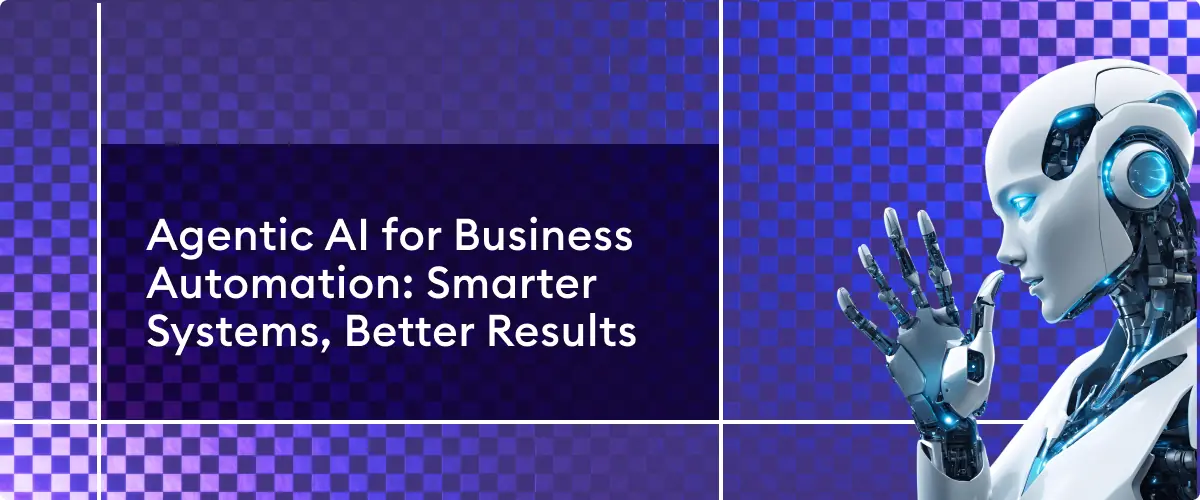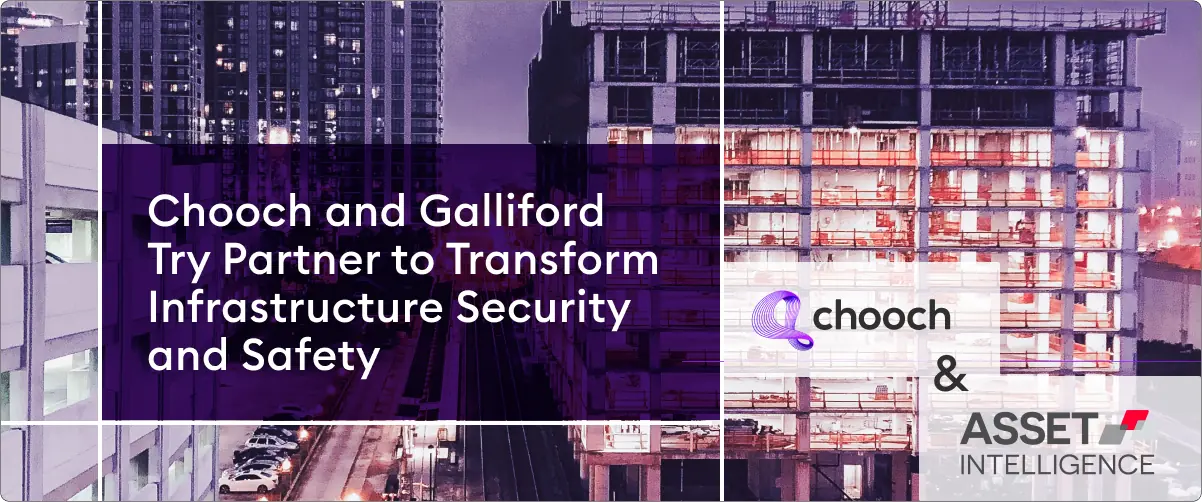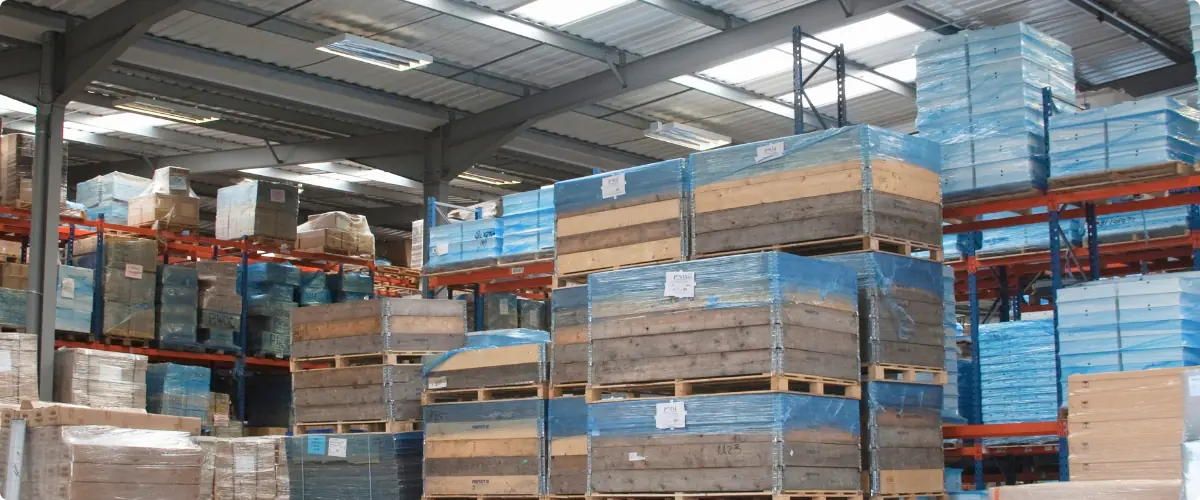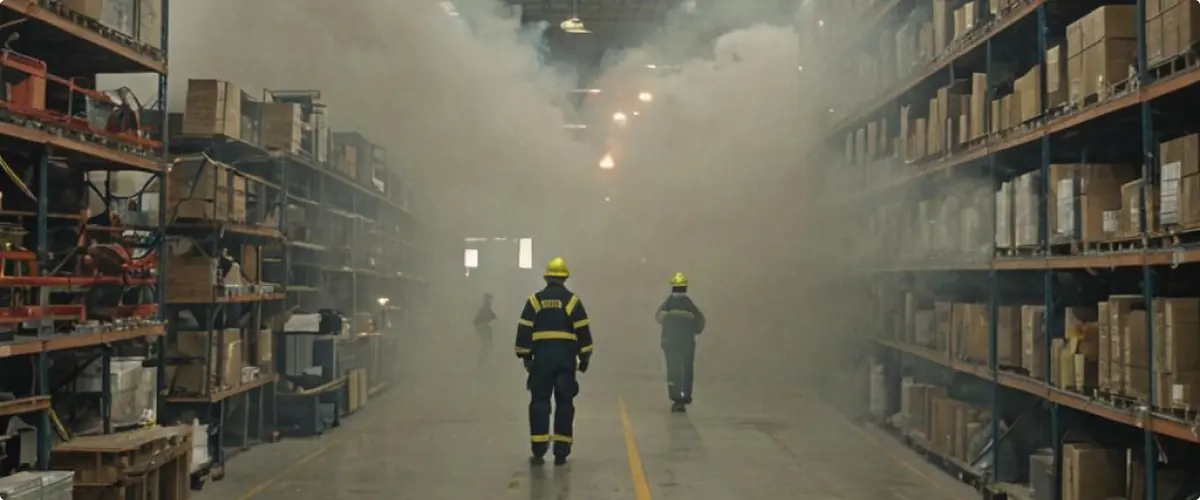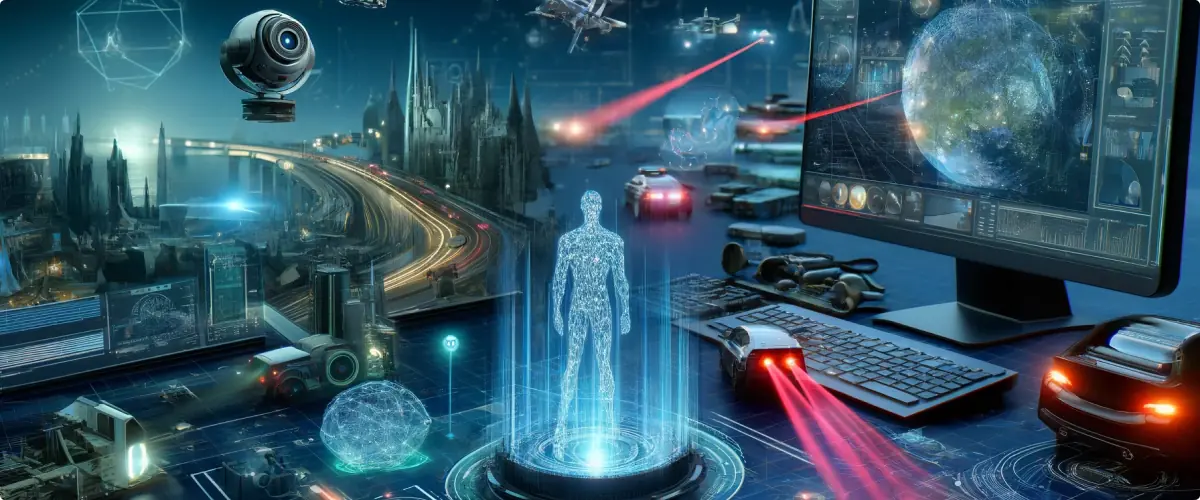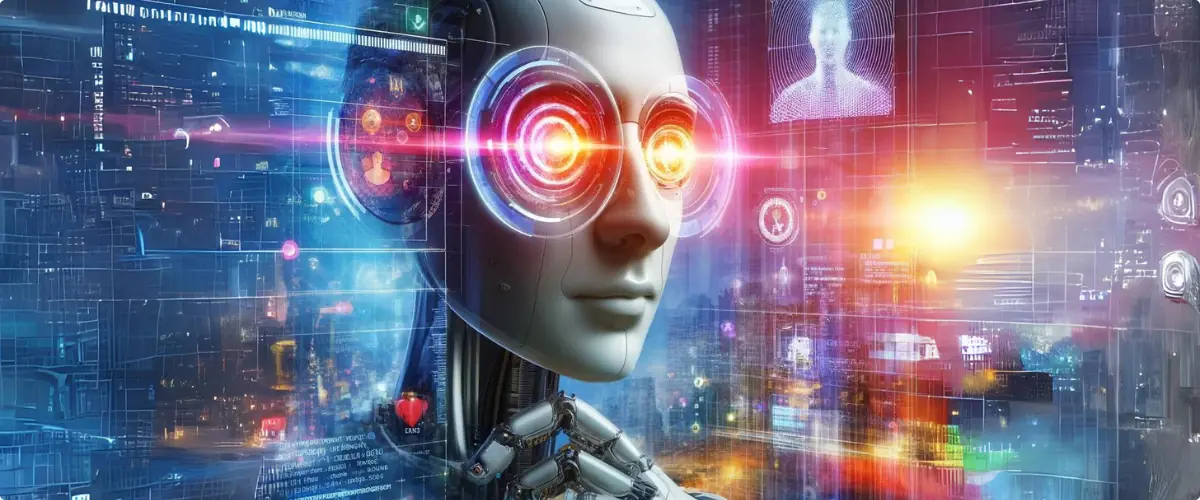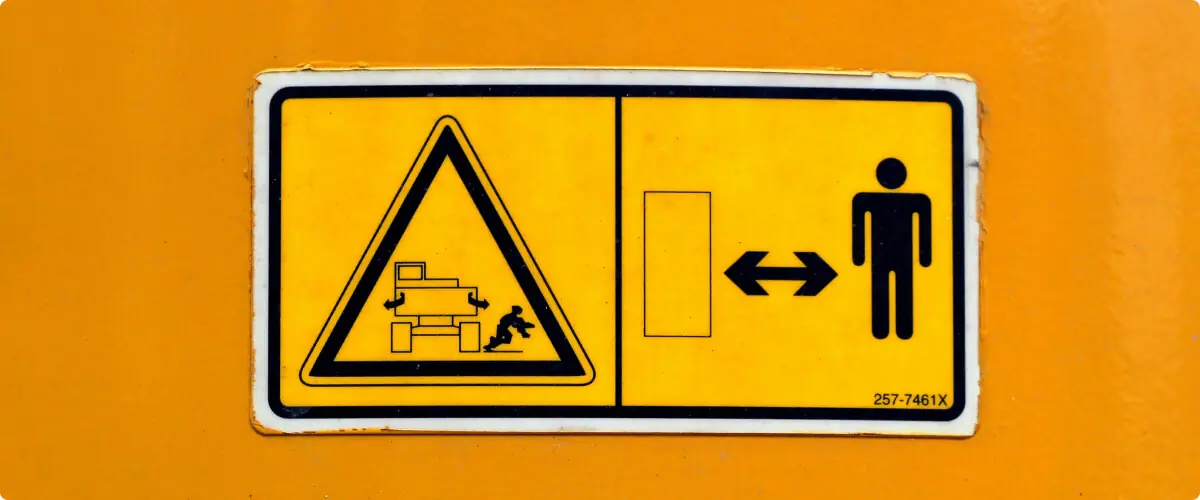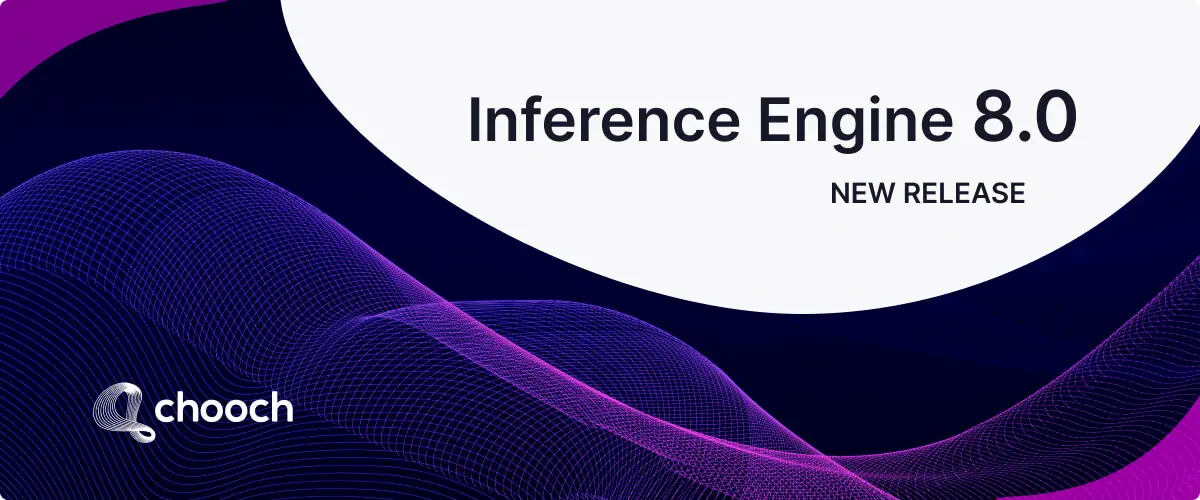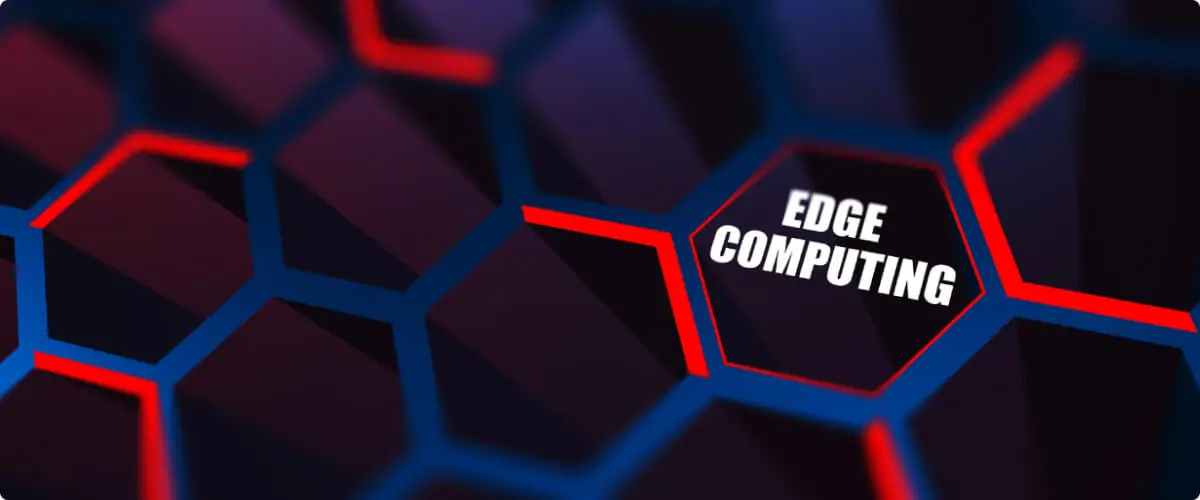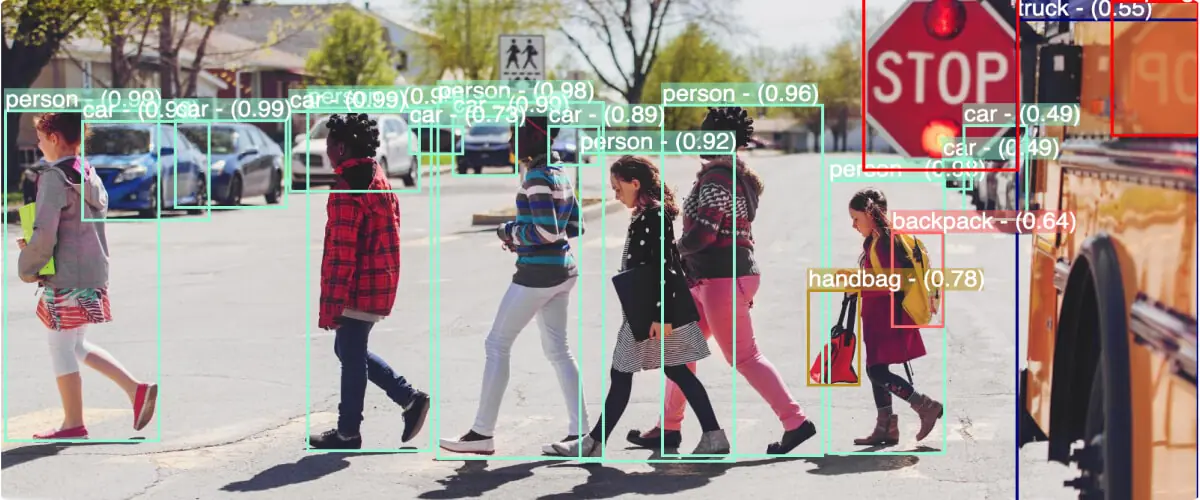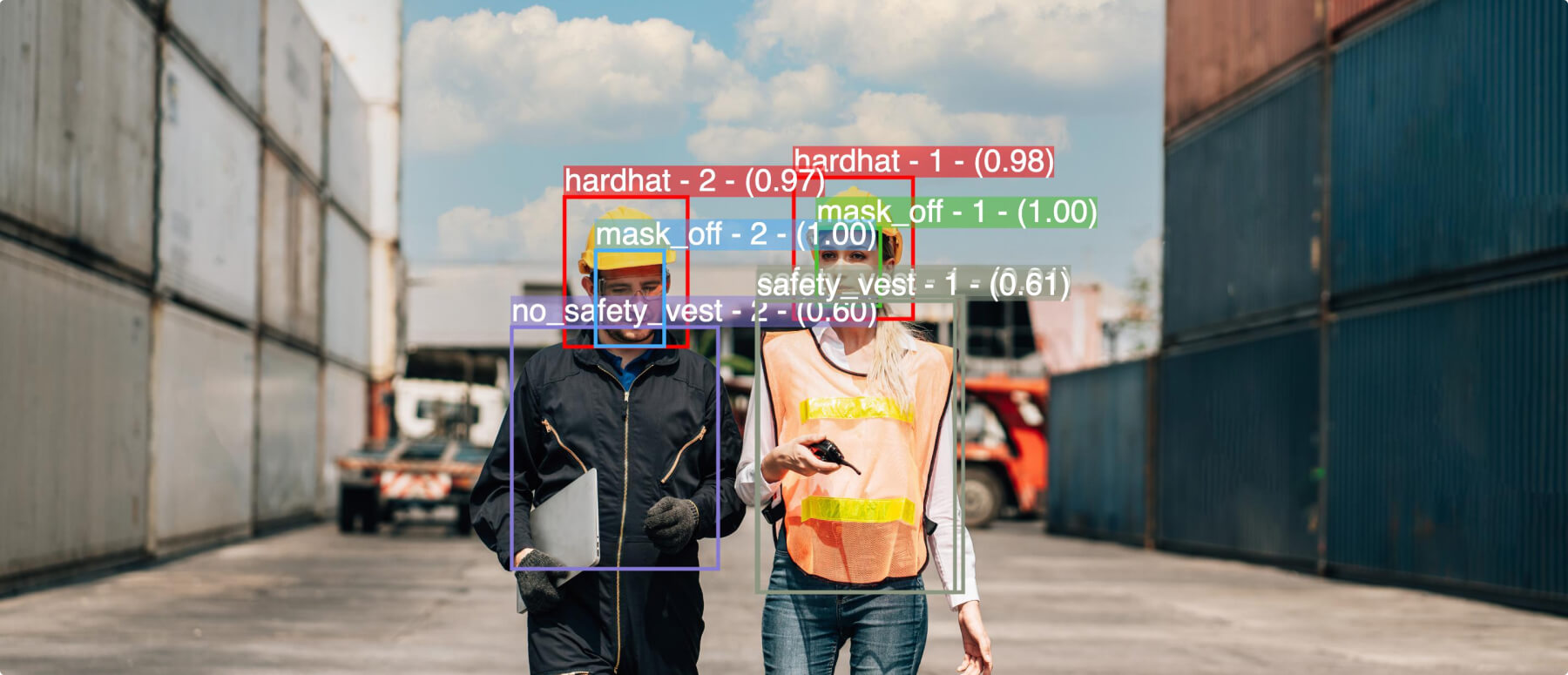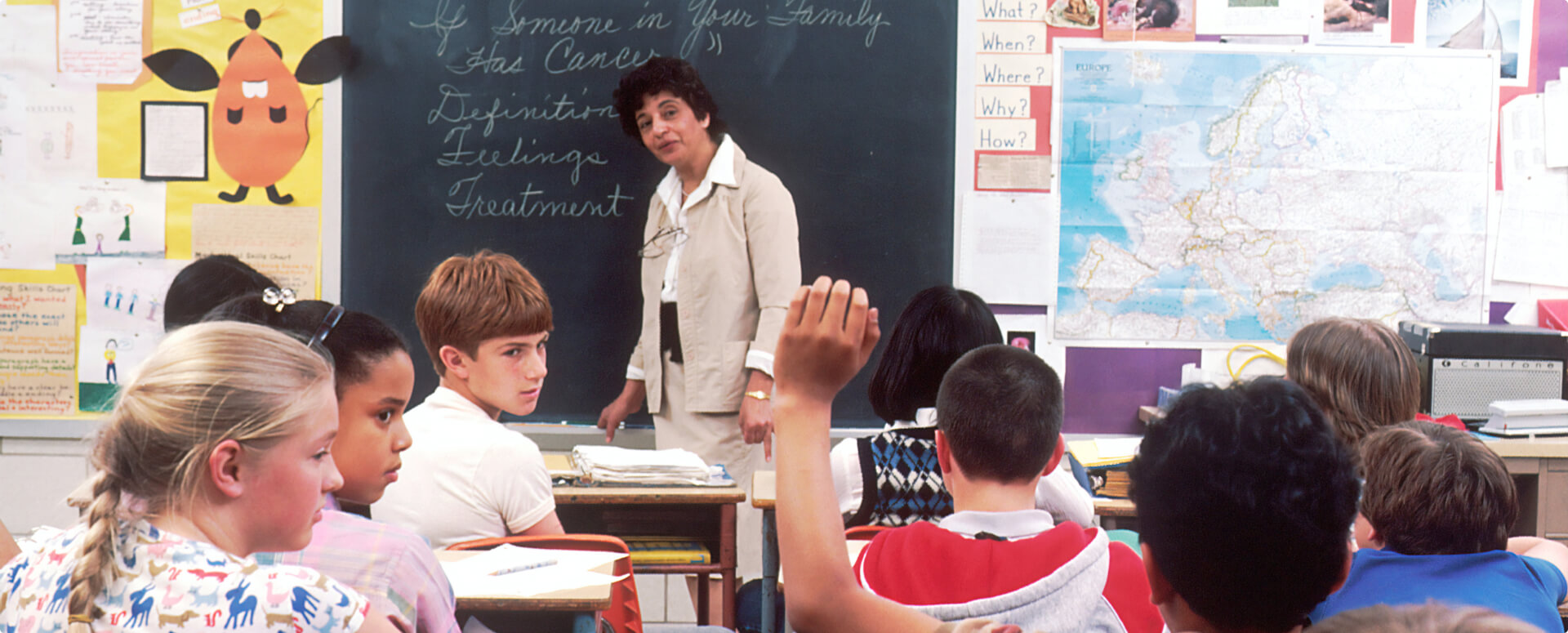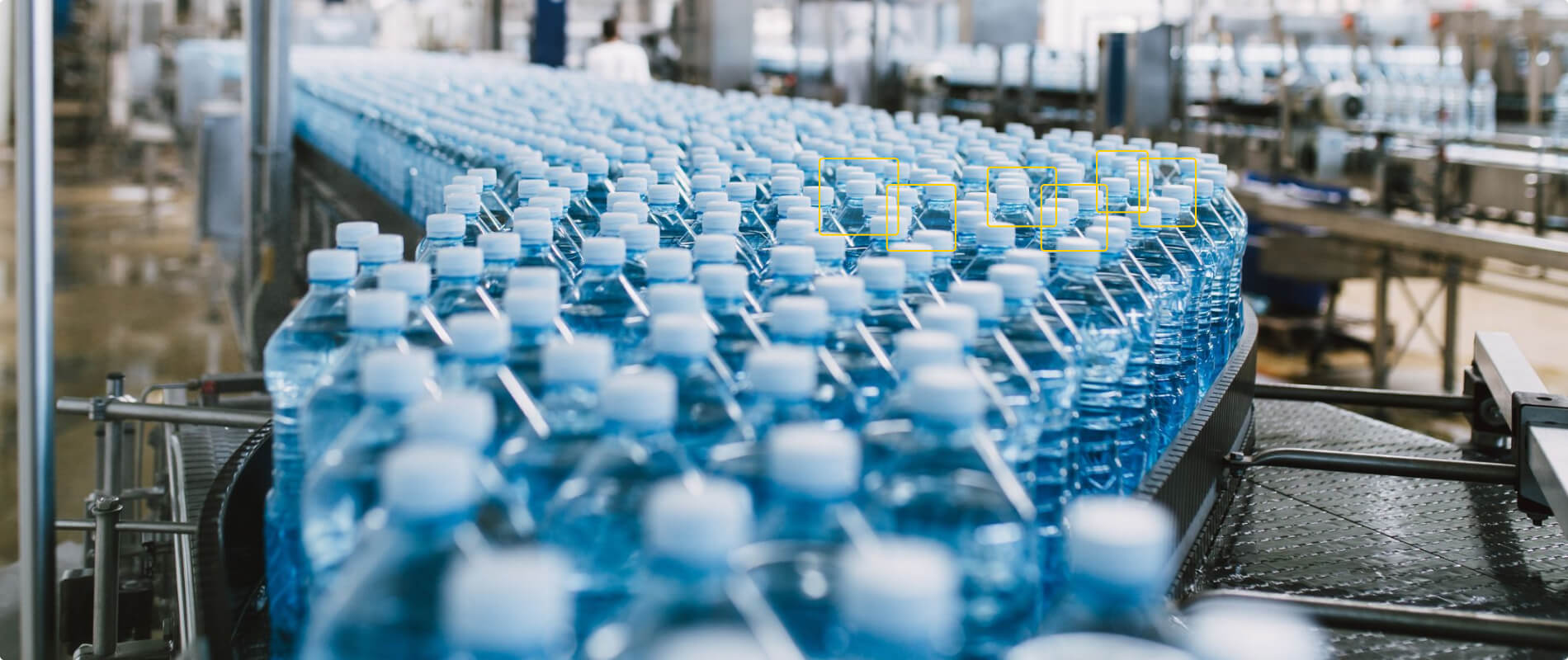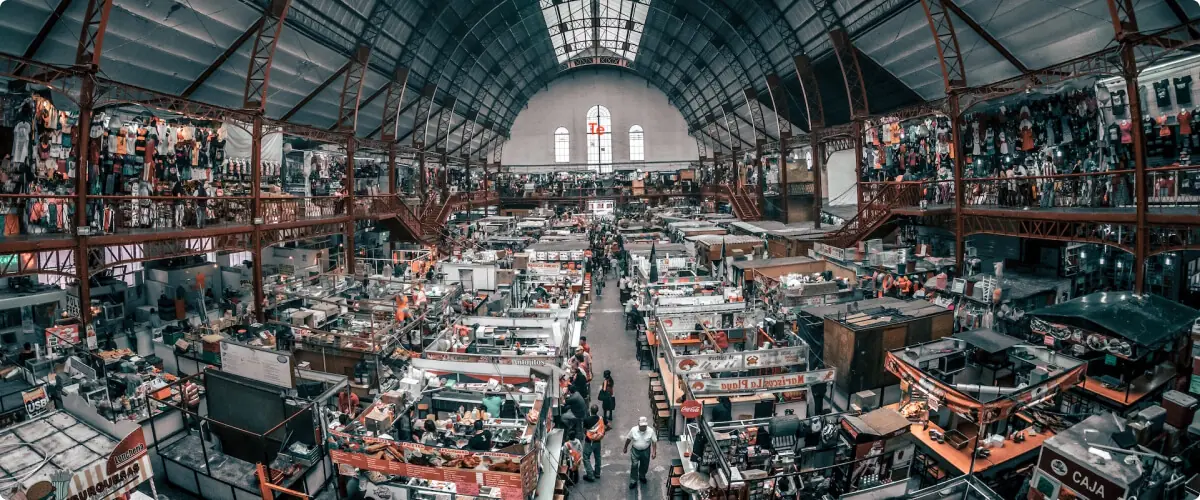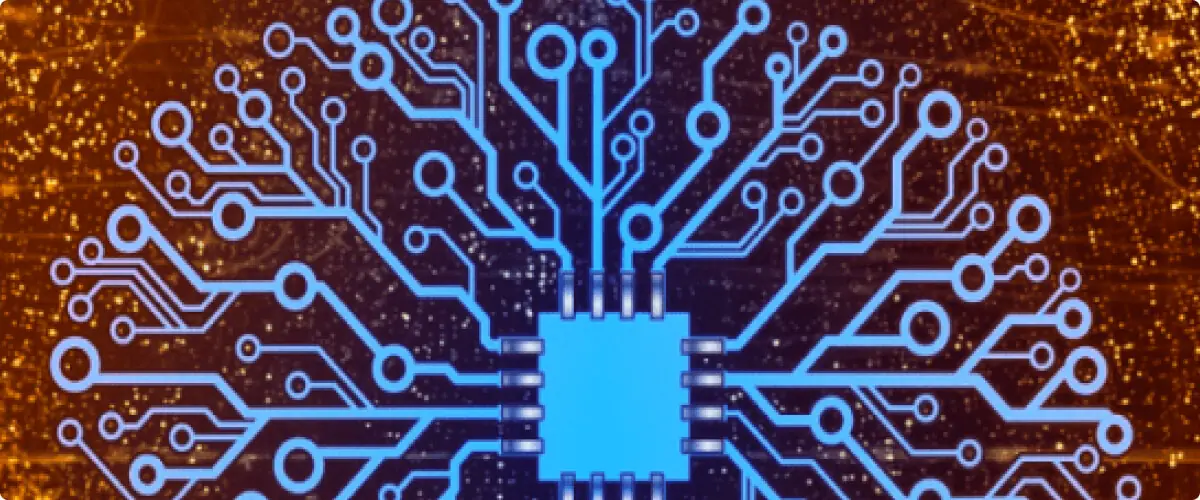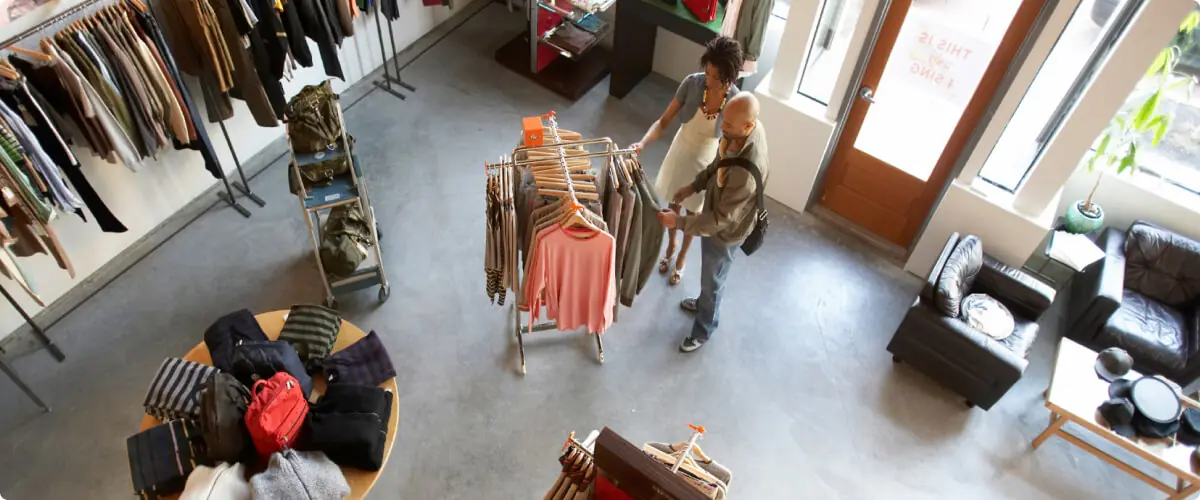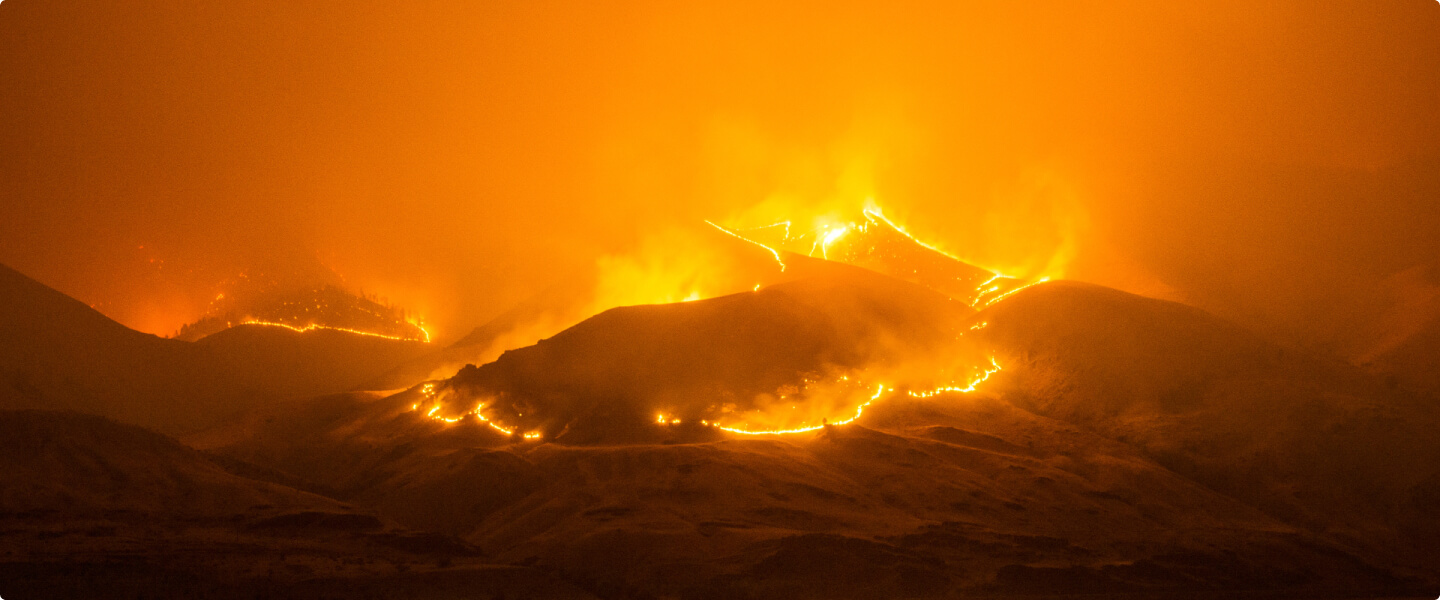Workplace safety is essential for both employees and employers alike. Despite its importance, accidents and injuries still occur. According to the Occupational Safety and Health Administration (OSHA), there were 5190 fatal workplace injuries in 2021 and 2.6 million nonfatal workplace injuries and illnesses reported by private industry employers.
A safer work environment reduces the risk of accidents and injuries while also improving productivity, morale, and employee retention. Businesses that prioritize safety often benefit from lower insurance costs, reduced absenteeism and turnover, and a better reputation in their industry.
Understanding computer vision and its role in workplace safety
Computer vision and machine learning are revolutionizing how businesses are approaching workplace safety. Computer vision models can identify risks, and AI can propose solutions for the best possible outcomes. It mimics human behavior, but it’s far more capable of handling multiple inputs and finding solutions to seemingly impossible challenges. It has the impressive ability to predict future trends and pinpoint health risks and notify managers before accidents materialize.
How computer vision technology enhances safety measures
By running AI models on cameras and other edge devices, computer vision becomes another set of eyes in identifying potential risks. By tracking movements in video feeds and analyzing data, computer vision can establish patterns and identify areas where improvements can be made, such as optimizing workflow or reducing the risk of repetitive motion injuries. It becomes easier to predict potential hazards before they occur, allowing for proactive measures to be taken to prevent accidents and injuries.
For example, computer vision can detect and alert workers to potential hazards in real-time. It can detect when a worker is not wearing the appropriate personal protective equipment (PPE) and alerts them to put PPE on before continuing with their task.
4 uses of computer vision and AI technology for workplace safety
1. Object detection and recognition
Computer vision can automatically identify and track objects or obstacles within the workspace, allowing for swift recognition of potential hazards. This technology helps ensure worker safety by providing real-time alerts and minimizing the risk of accidents caused by unattended equipment, machinery malfunctions, or obstructed pathways.
2. Facial recognition and employee tracking
Facial recognition technology integrated with computer vision can monitor employee movements throughout the workplace, ensuring personnel safety and supporting access control measures. By tracking authorized individuals, AI Vision can detect unauthorized access or identify employees that may be in hazardous areas and provide timely alerts to mitigate potential risks.
3. Fall and accident detection
One of the key benefits of computer vision is its ability to detect if an employee has fallen or been involved in an accident. In the event of an incident, immediate notifications can be sent to the relevant parties, allowing for prompt responses and timely medical assistance if necessary. This technology is lessening the severity of potential injuries as well as promoting a safer working environment.
4. Hazardous material identification
Many industries require the handling of hazardous materials, and computer vision can help ensure proper compliance with safety regulations. By automatically identifying dangerous substances, AI vision systems can monitor the appropriate use, storage, and disposal of hazardous materials, reducing the risk of exposure or environmental damage.
How to implement computer vision for workplace safety across industries
Let’s dive deeper into how different industries are adopting computer vision and applying it to improve employee safety and explore real-world examples of its effectiveness.
- Manufacturing and warehousing
Computer vision can significantly improve safety in manufacturing and warehousing environments, where workers often face various hazards associated with heavy machinery, elevated platforms, and moving equipment. By monitoring the workspace continuously, AI vision can detect anomalies, identify potential threats, and send alerts to prevent accidents. Moreover, it can also streamline equipment maintenance and enhance overall operational efficiency. Extreme temperatures, gas leaks, chemical exposures, fire, and smoke can be detected at the earliest signs of leaks or spills to prevent catastrophic environmental incidents. - Construction sites
Construction sites pose numerous risks to workers, including falls, equipment-related accidents, and exposure to hazardous materials. AI Vision can assist with mitigating these risks by monitoring site activities, tracking worker movements, and recognizing potential hazards. Computer vision can identify unauthorized personnel or intruders faster, ensuring only trained individuals access the site, contributing to a safer and more secure workplace. Whether it’s hardhats, gloves, goggles, safety vests, or harnesses, computer vision models can monitor adherence automatically. - Healthcare facilities
By continuously monitoring patient rooms, hallways, and treatment areas, computer vision systems can detect abnormal behaviors or incidents, such as patient falls, unattended visitors, and potential security breaches. This real-time information enables staff to respond quickly, minimizing potential harm and maintaining a safe environment for everyone. Enforcing zones around no-go areas and sending alerts to supervisors when people cross into such zones can provide early warnings to prevent critical safety scenarios. - Retail and customer service
While retail and customer service establishments may not face the same level of risk as other industries, computer vision comes into play when analyzing customer interactions, detecting unusual activities, and identifying potential loss risks. It becomes critical for analyzing video data real-time to prevent incidents such as theft, vandalism, and altercations. Additionally, this technology can provide valuable insights into customer behavior, leading to improved service and more positive shopping experiences.
Vision AI for workplace safety
Computer vision is becoming a powerful tool for detecting employee safety hazards earlier to prevent workplace accidents. By understanding the technology and implementing the right system, businesses can protect their employees and reap long-term benefits. By automating manual and repetitive tasks, computer vision contributes to a more proactive and data-driven approach to workplace safety, making it an essential addition to any safety program. Learn more about our solutions for making your organization safer, contact us to talk to our team.

